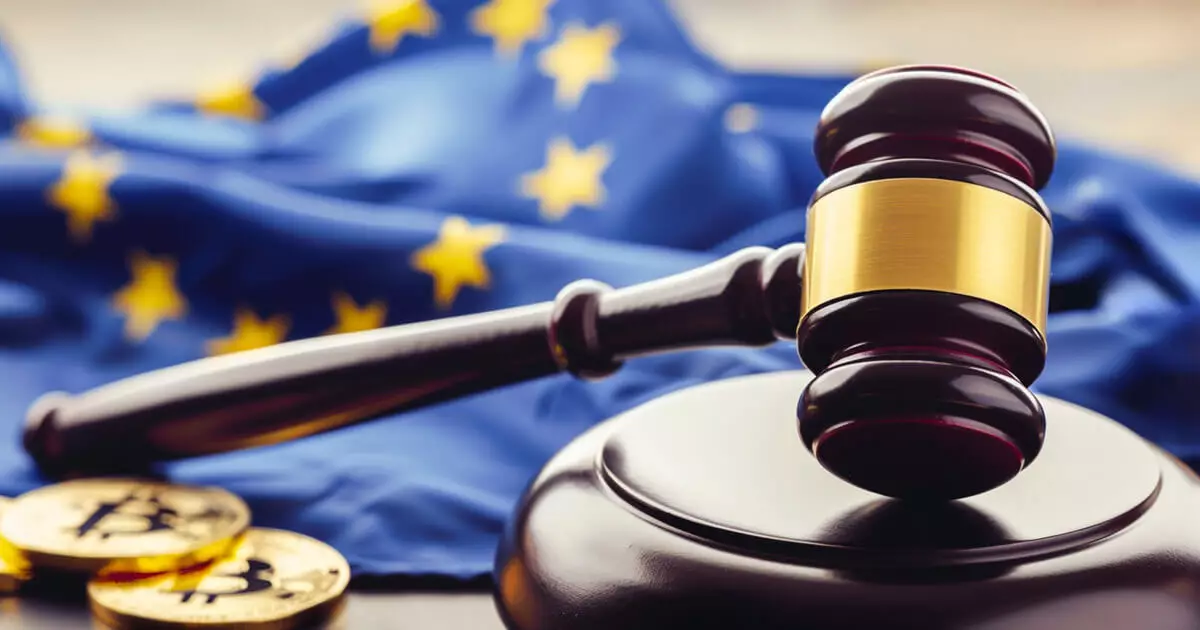The European Securities and Markets Authority (ESMA) has been closely examining Maximum Extractable Value (MEV) as a form of illegal market abuse within the proposed technical standards for the Markets in Crypto-Assets (MiCA) regulation. This development, highlighted by Patrick Hansen, a well-known commentator on crypto regulations, has significant implications for the cryptocurrency industry. According to Hansen, the ESMA draft explicitly mentions MEV as a way for miners/validators to reorder transactions to front-run specific transactions and profit, indicating market abuse.
ESMA’s proposed standards require regulated crypto businesses in the EU, such as exchanges and brokers, to detect and report instances of MEV through comprehensive suspicious transaction or order reports (STORs). The draft includes a detailed reporting procedure for MEV detection, spanning six pages in the ESMA STOR template alone. However, the feasibility of such extensive reporting requirements is in question, given the complexity and frequency of MEV occurrences in the crypto market. There are concerns about the manageability of reporting every single instance of MEV.
Enforcement and Collaboration
ESMA’s draft standards suggest a collaborative approach to enforcement, calling for authorities within and outside the EU to cooperate on sanctioning market abuse related to MEV. This indicates that individuals involved in MEV could potentially face investigations and enforcement actions not only from EU regulators but also from international authorities. This collaborative effort is aimed at enhancing market integrity and protecting investors in the crypto sector.
Patrick Hansen emphasized the importance of stakeholder participation in the consultation process for refining MiCA’s implementation. Feedback from those directly involved in MEV and other crypto activities is crucial for developing effective and practical regulatory measures. ESMA has set a deadline of June 25 for stakeholders to submit their feedback on the draft standards. Once finalized, these standards are expected to have a significant impact on the regulatory framework for crypto in the EU, potentially serving as a model for other jurisdictions to follow.
















Leave a Reply